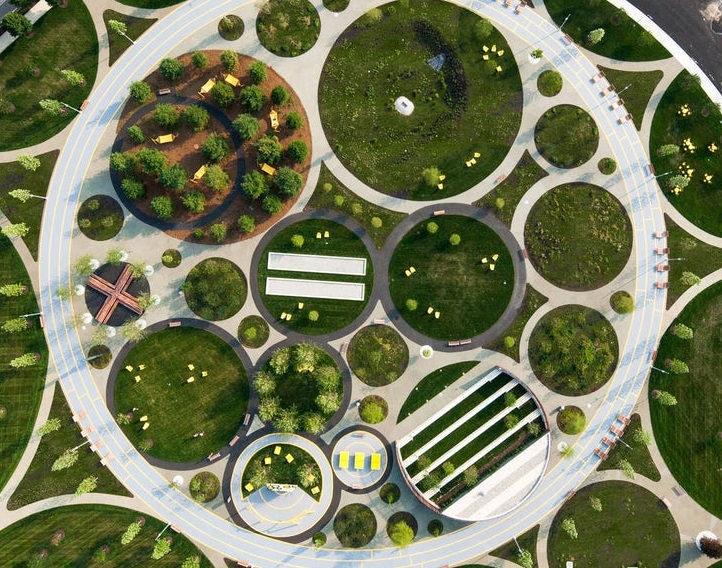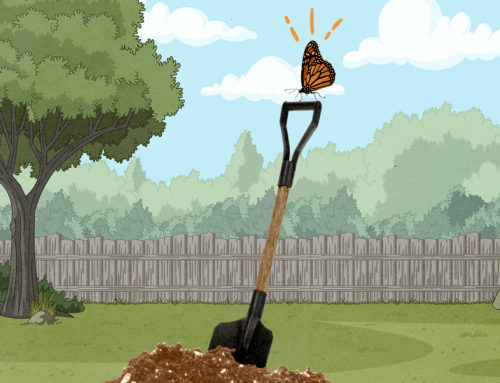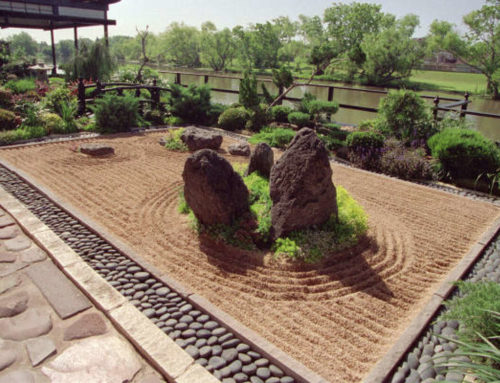Pressure or Power Wash?
Whether you plan to DIY or hire out this job, it’s important first to know the difference between pressure and power washing. But first, the similarities: Both are generally used on surfaces that are subject to buildup of grime, especially mold, oils, salt, and general dirt and dust. While most often pressure and power washing is used outdoors, this cleaning method can be brought indoors for tougher environments, like garages, arenas, and other large public spaces.
LANDSCAPE DESIGN – SANTA BARBARA
When it comes to creating a landscape, homeowners generally fall into two categories: those who itch to start putting plants into the ground themselves and those who recognize a need to hire out the work. Just as it wouldn’t be wise to …
Also, both methods essentially involve spraying water hard enough to knock off loose buildup of grime and dirt, leaving just the clean surface behind. The need for pressure or power washing comes when a standard hose will not do, whether because of the size of the job or how “stuck on” the dirt is. Basically, these are the big guns of large-scale cleaning. And even at that, there are units that offer different levels of power—usually the difference between a commercial and household or rental unit.
The major difference between the two is temperature. Pressure washing is a hose on steroids; power washing is as well, plus heat. The very hot water of a power washer adds that extra bit of oomph to soften and remove dirt from surfaces that can withstand it. Just as we use heat to make washing dishes more effective, heated water is especially effective in killing organic materials that can grow and cause bigger problems down the road. Fungus, mold, and even weeds are no match for a blast of hot water.
But, just like with laundry, hot water can be damaging as well. Softer materials such as wood, recycled plastic lumber, PVC, or vinyl are better served with pressure washing. That is to say, avoid using high heat which can almost melt through these more delicate surfaces. Save power washing for hard surfaces like concrete, masonry, and asphalt.
Similarities between the two also apply to other areas that should not be pressure washed nor power washed. Wood siding, for example, can invite mold—perhaps more of what you are trying to eradicate—if it gets wet underneath its exterior surface. Utilities, HVAC units, and meters are delicate and can be damaged, and at great cost to you, by these methods. And, as tempting as it may be to blast away loose paint and old brick, pressure and power washing can damage these surfaces more, sending water where it does not belong, such as on plaster walls behind or crevices that can house mold and fungus. It is also important to consider how structurally sound the surface is, and whether it can withstand the pressure of a hard stream of water.
Even with the mystery taken out of the similarities and differences between pressure and power washing, you may find yourself still unsure as to whether either is right for your home or property. The best way to clean gunk from your patio, driveway, or house is to enlist the help of a professional who can determine the right method for the job at hand.







Leave A Comment
You must be logged in to post a comment.